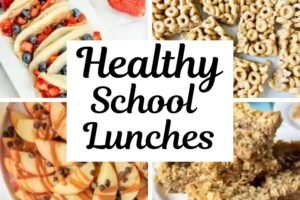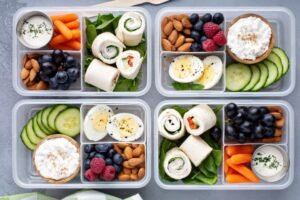Discover healthy snacks for school! From healthy bars to pizza bites, find tasty school snacks that will keep you fueled and focused throughout the day.

Finding the perfect snacks for school can be a challenge, as they need to be both delicious and nutritious to fuel growing minds.
In this blog, we’ll explore a world of satisfying and wholesome snack options that are ideal for school.
From crunchy fruit salads and protein-packed energy balls to homemade healthy muffins and yogurt parfaits, we’ll guide you through a list of snack ideas that will keep kids energized throughout the day.
Join us as we find the secrets to selecting and preparing snacks that are not only kid-approved but also provide the essential nutrients for optimal focus and concentration in the classroom.
21 Healthy Snacks For School
21. Chocolate Peanut Butter Banana Bites
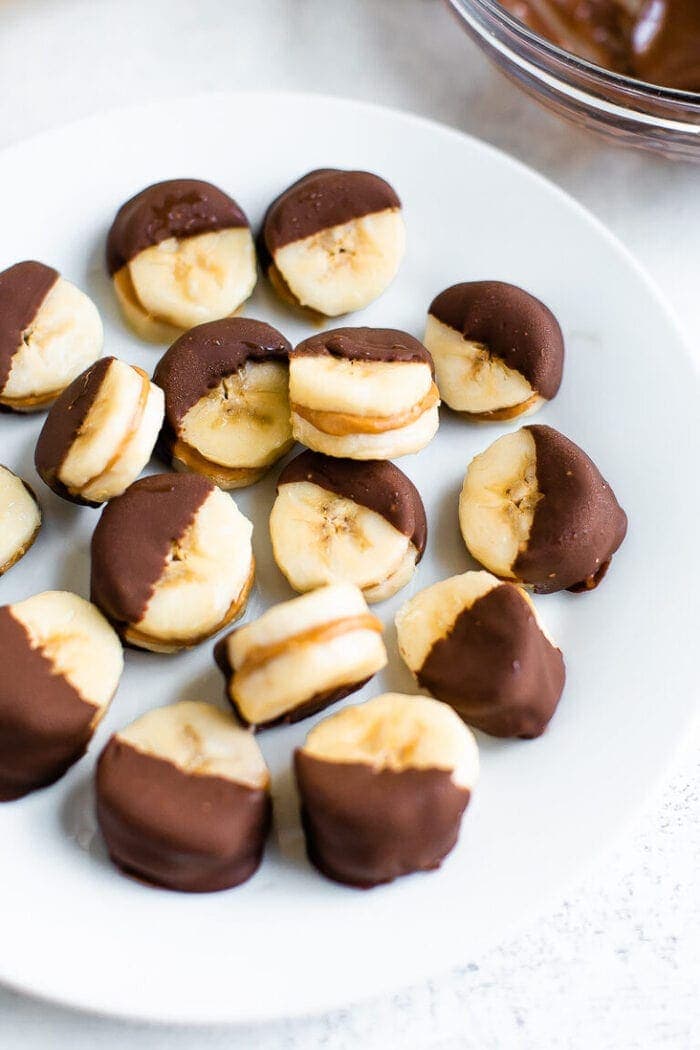
Credit: Eating Bird Food
20. Cookie Dough Balls

Credit: Erin Lives Whole
19. Pudding Fruit Salad
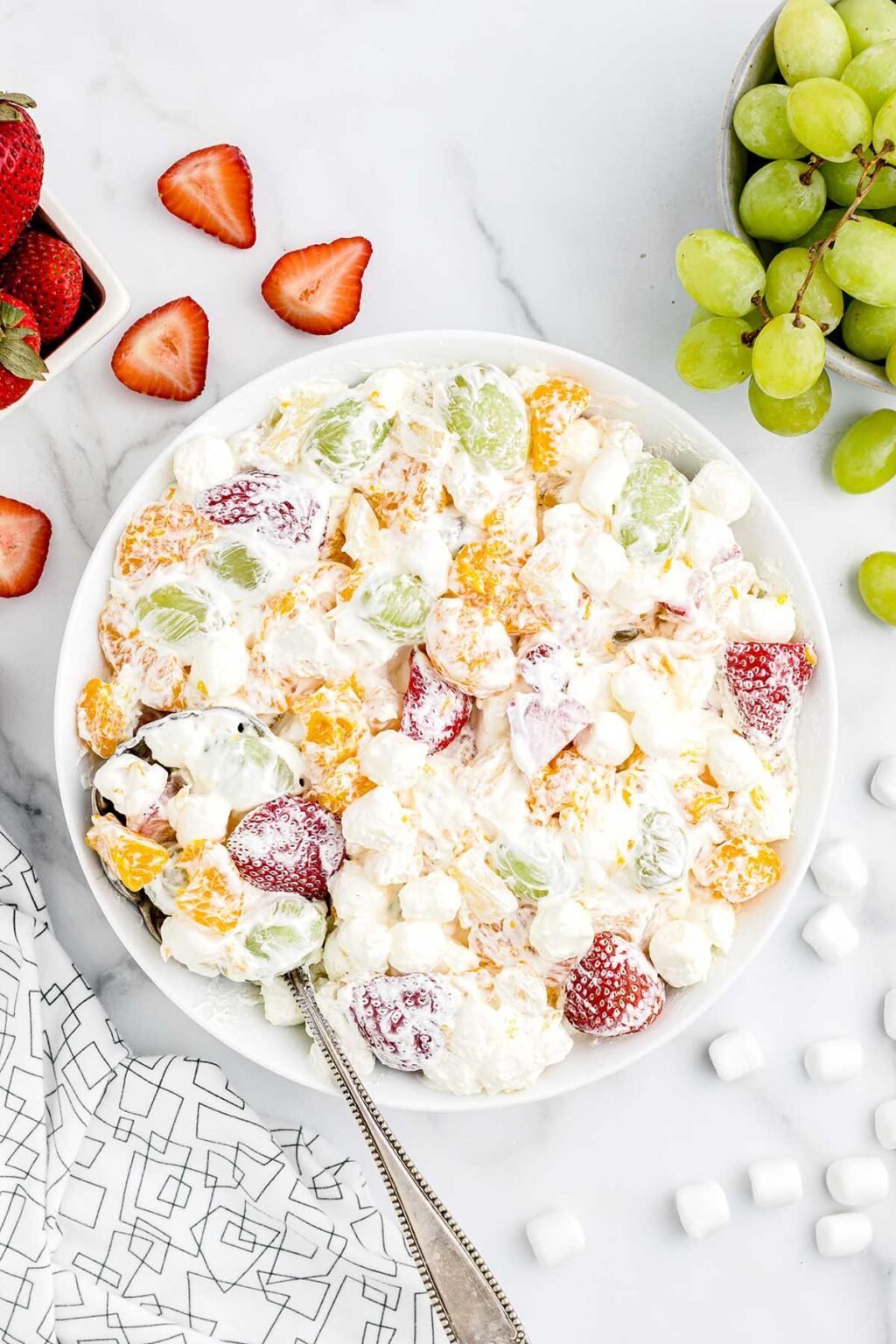
Credit: Princess Pinky Girl
18. Cauliflower Tots

Credit: Ambitious Kitchen
17. Homemade Fruit Snacks

Credit: Dessert For Two
16. Animal Face Toast
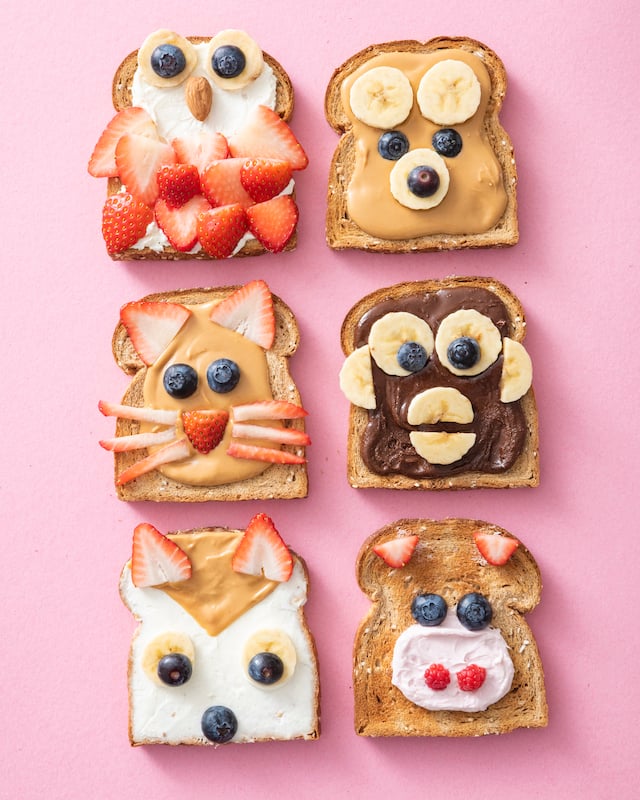
Credit: Weelicious
15. Strawberry Banana Quesadillas
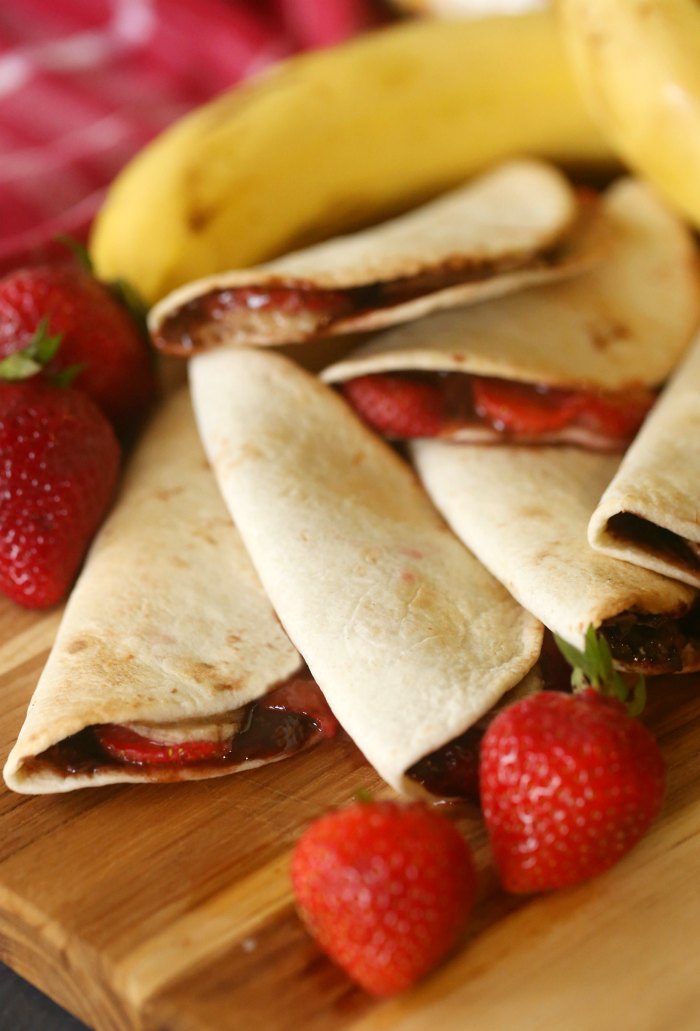
Credit: Mom Endeavors
14. Mac & Cheese Bites
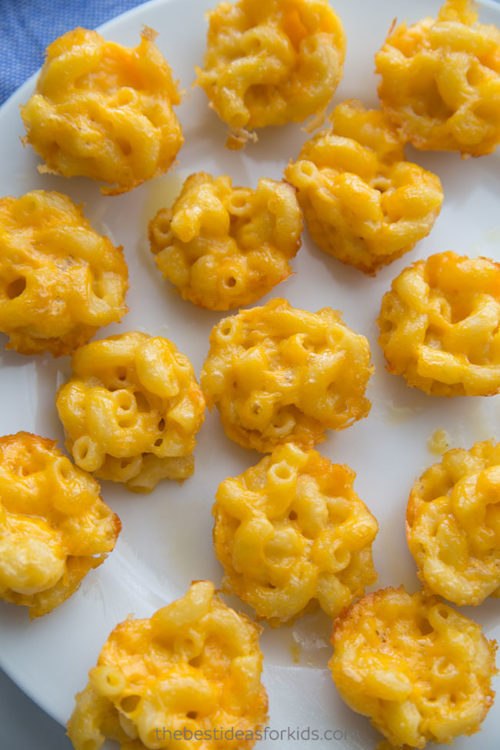
Credit: The Best Ideas For Kids
13. Honey Peanut Butter Bites

Credit: Seven Graces
12. School Book Sandwiches
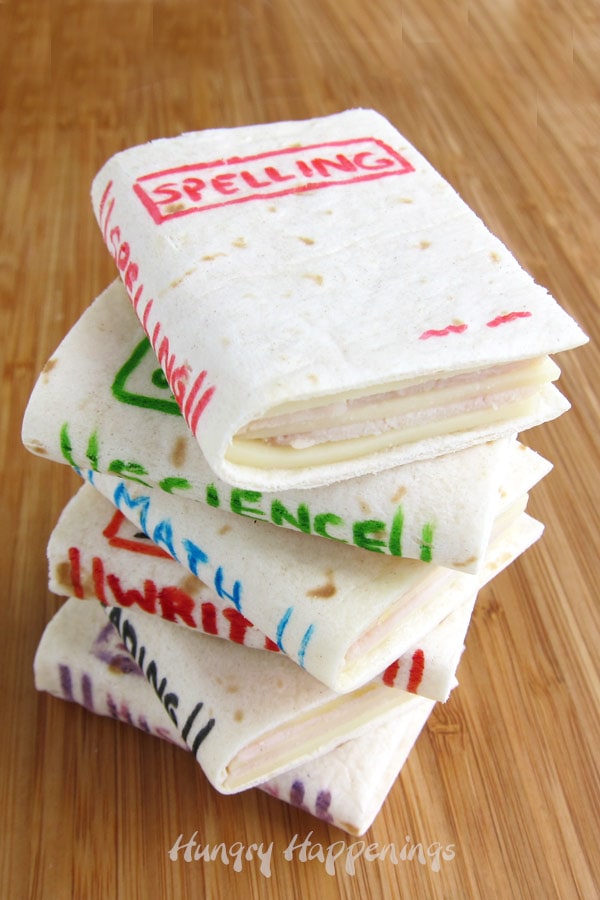
Credit: Hungry Happenings
11. Cereal Bars
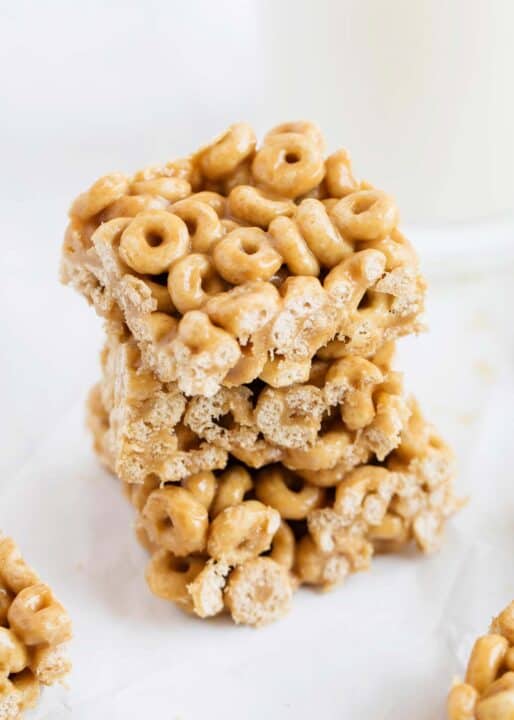
Credit: I Heart Naptime
10. Pepperoni Pizzadillas
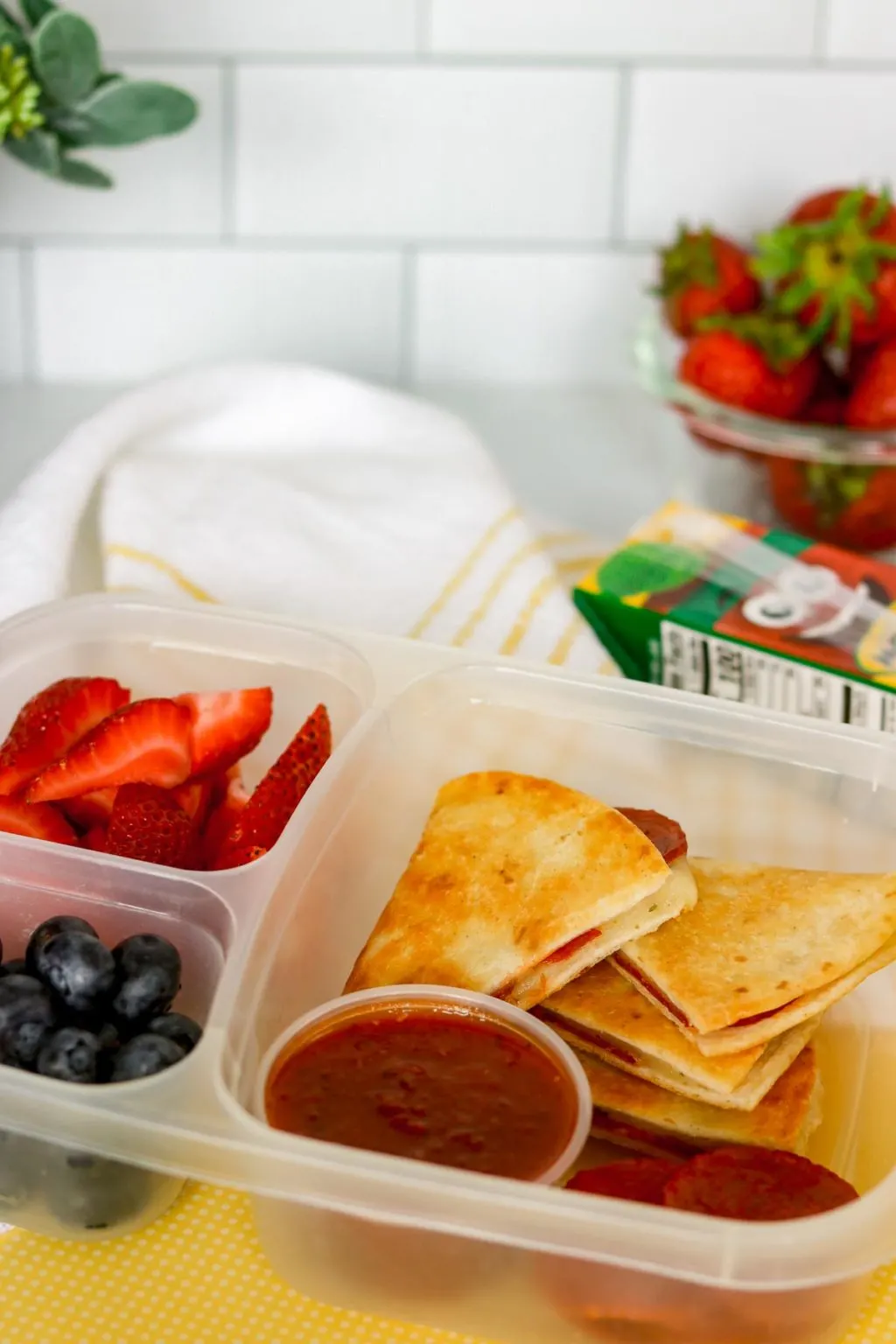
Credit: High Chair Chronicles
9. Homemade Soft Pretzel Bites
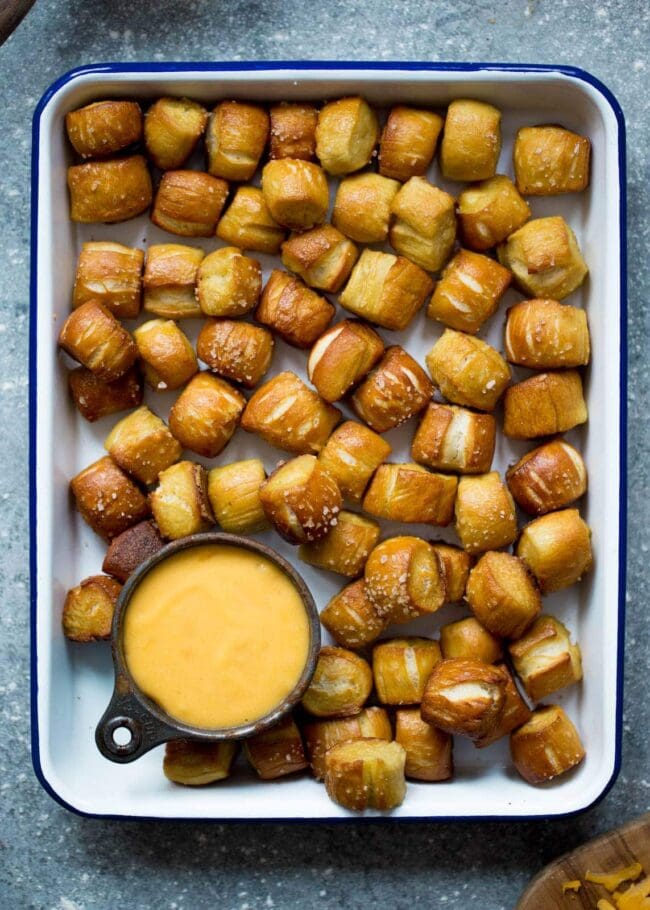
Credit: Two Peas And Their Pod
8. Cheerio Bars

Credit: Hunny I’m Home
7. Yogurt Bites
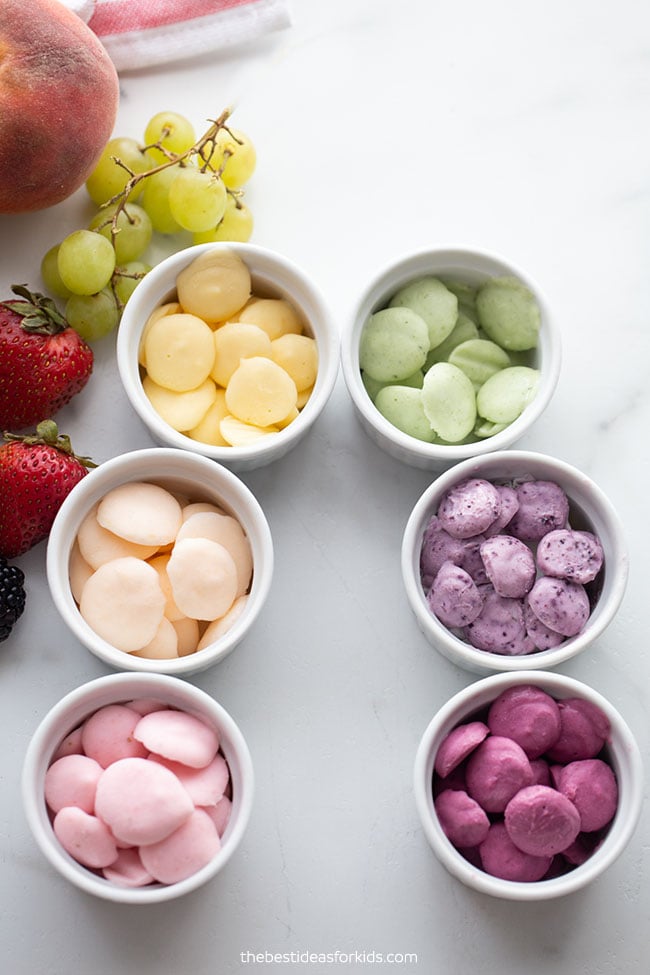
Credit: The Best Ideas For Kids
6. Carrot Star Bites
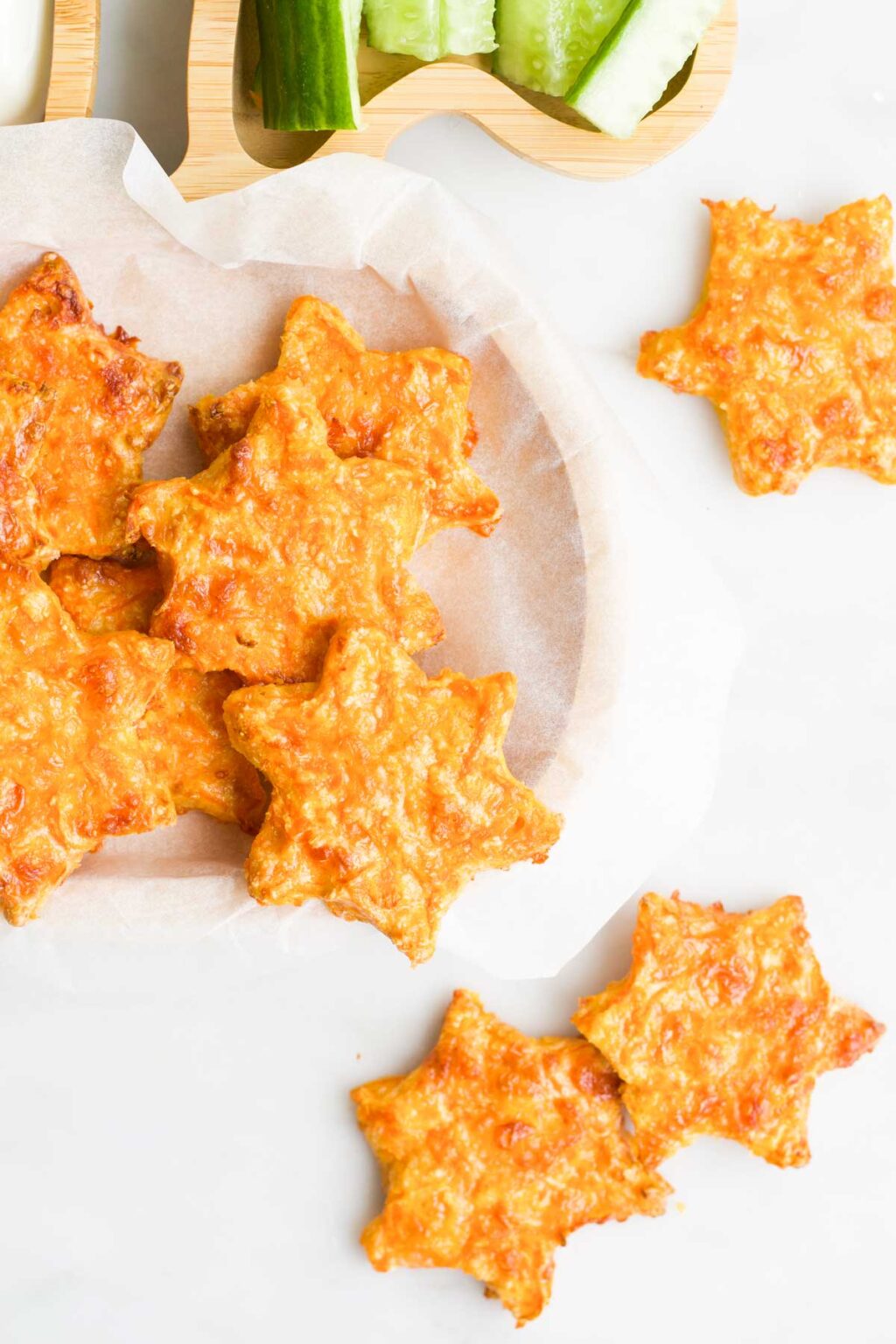
Credit: Healthy Little Foodies
5. Cheesy Pepperoni Pizza Sticks

Credit: I Wash You Dry
4. Apple Nachos
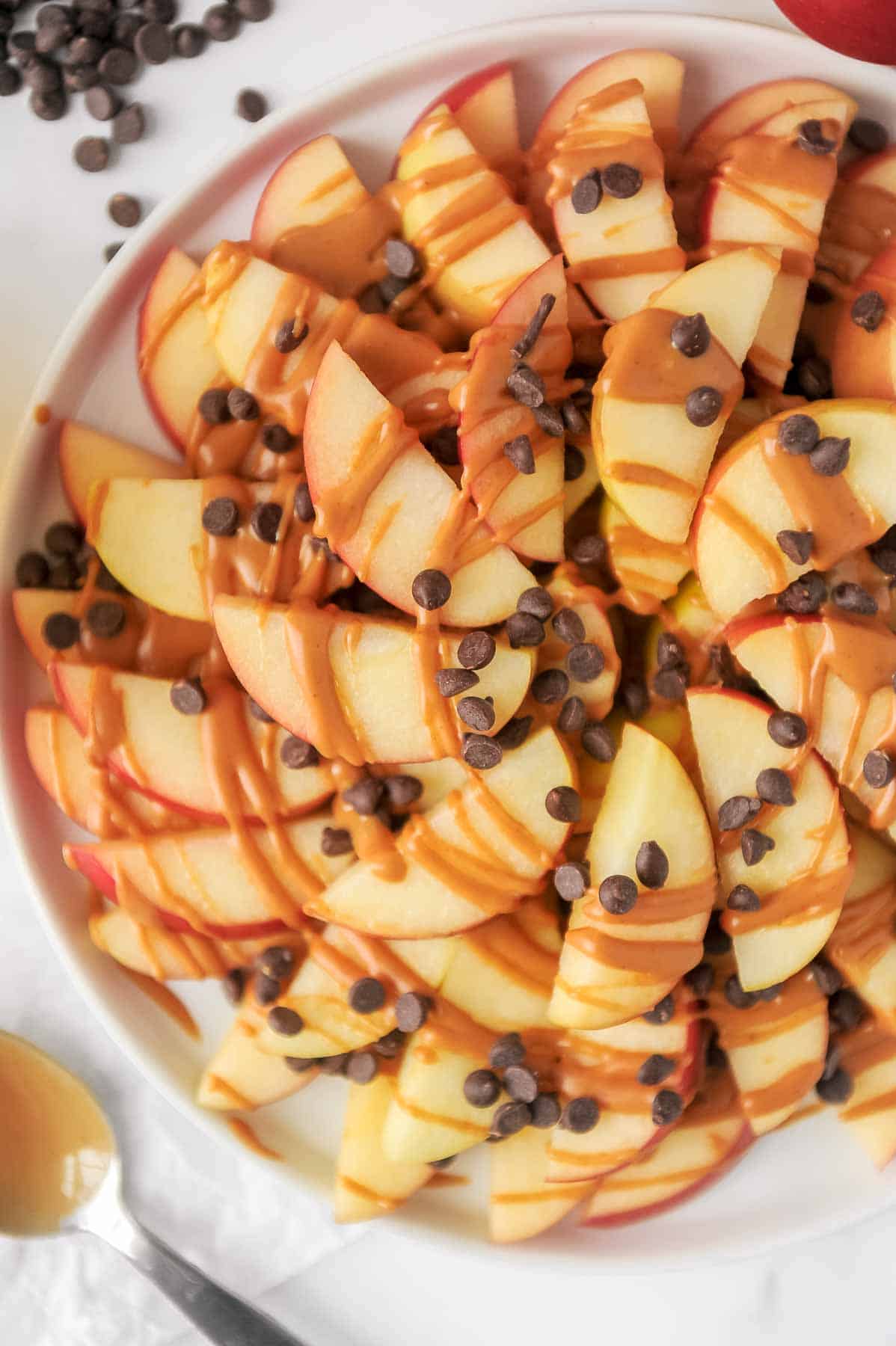
Credit: Momma Fit Lyndsey
3. S’mores Energy Bites
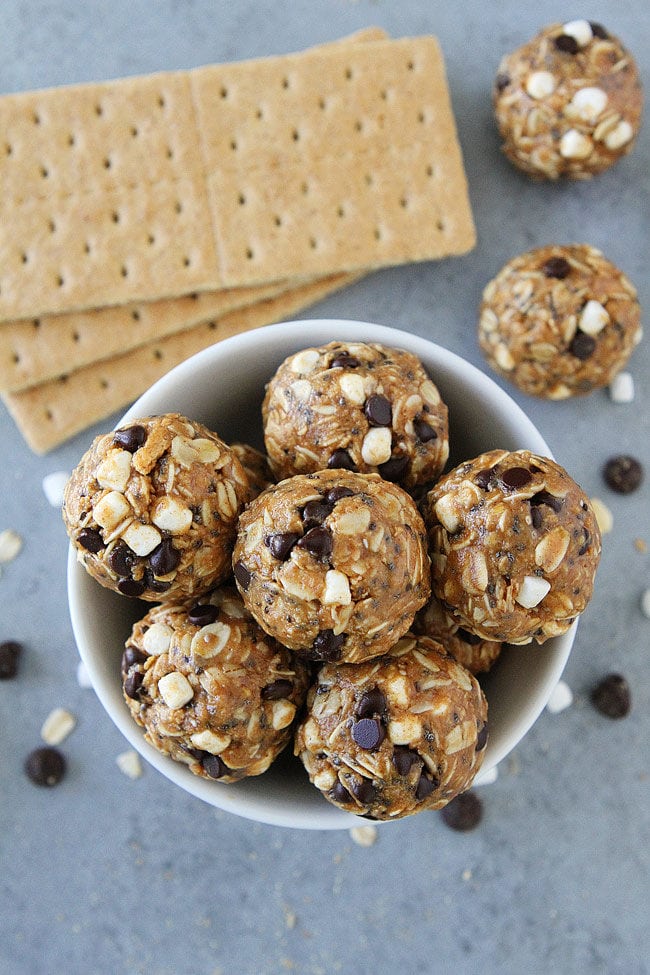
Credit: Two Peas And Their Pod
2. Pancake Muffins
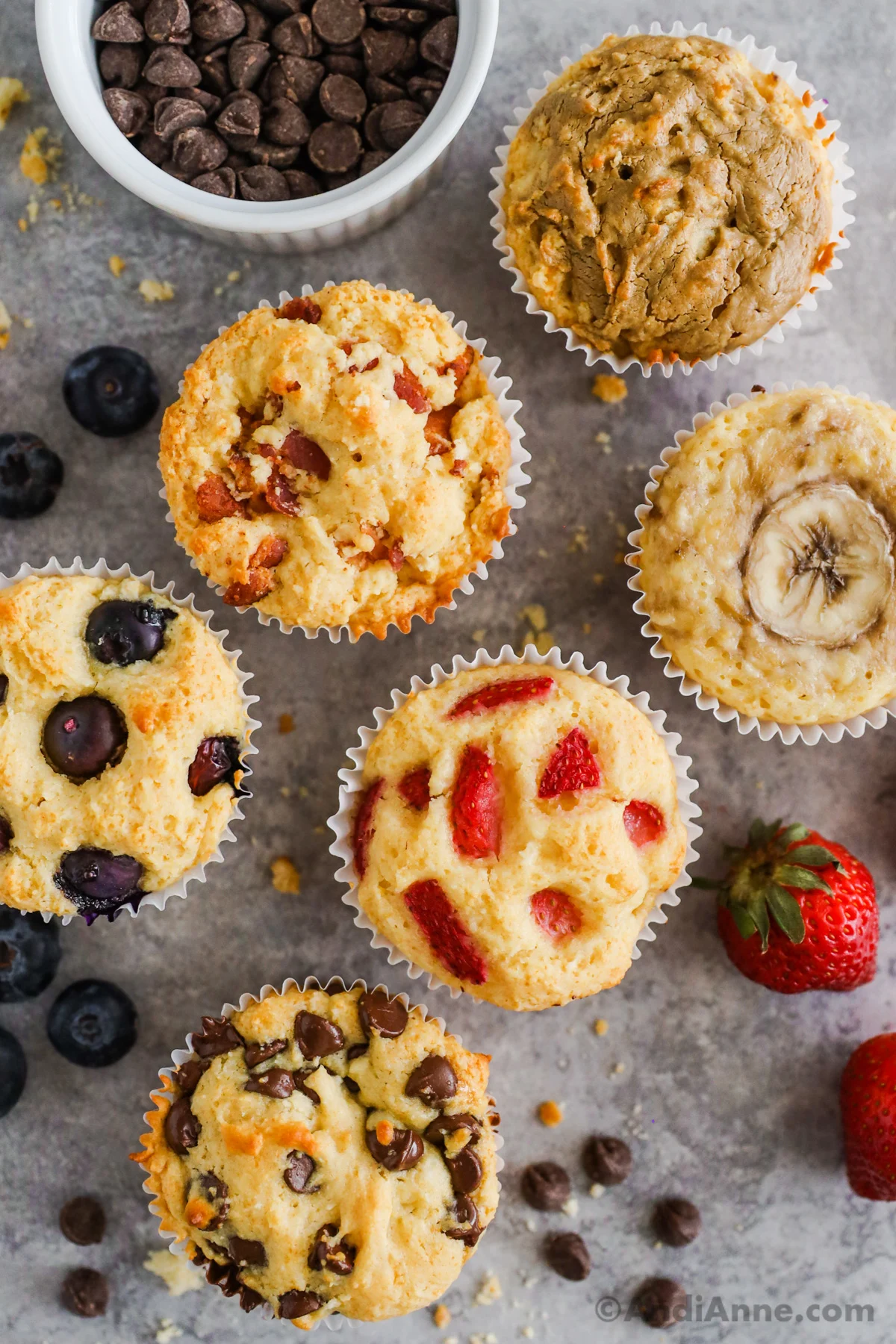
Credit: Andi Anne
1. Peanut Butter Cheerio Bars
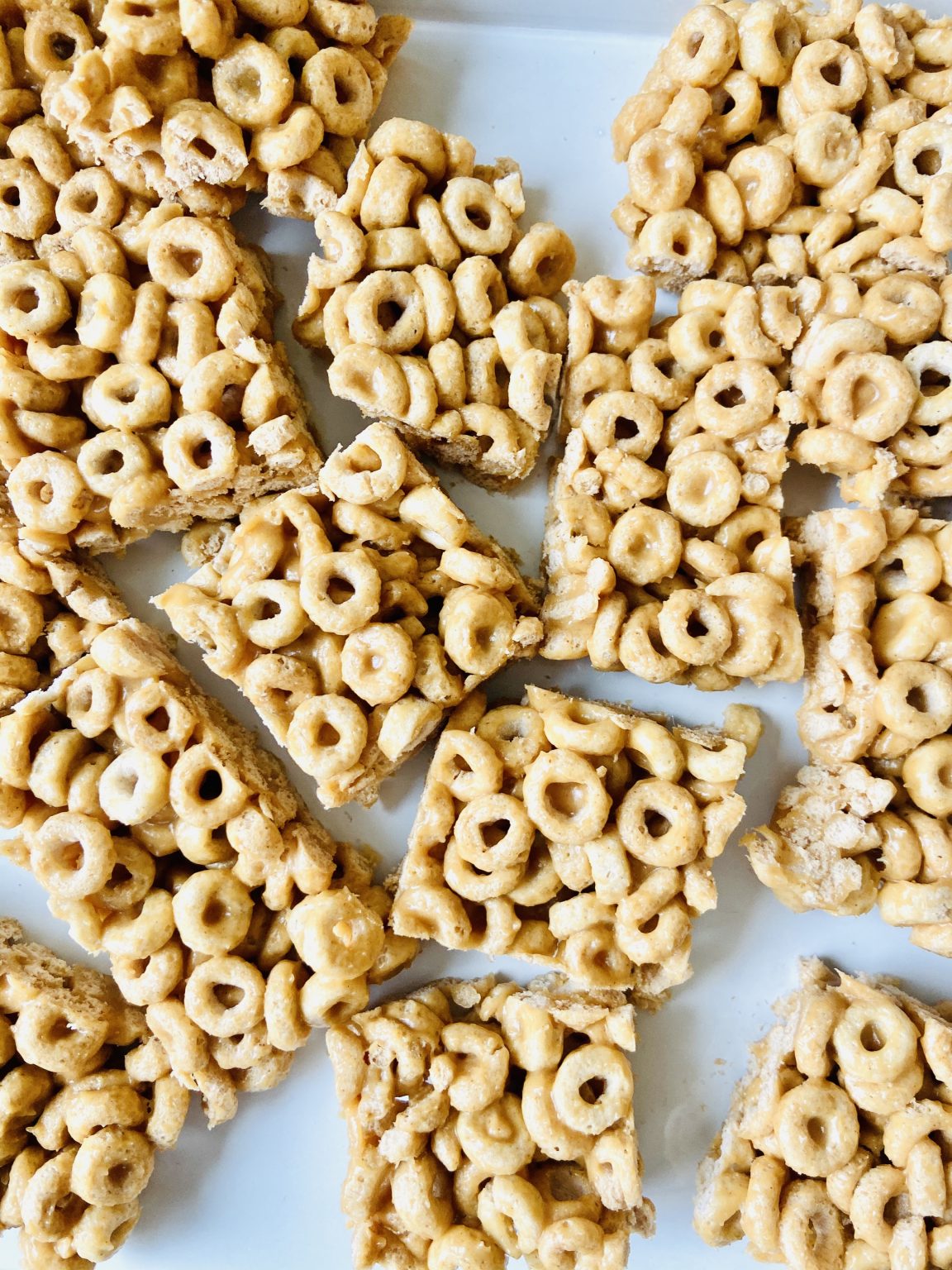
Credit: Twin Mom Refreshed
SAVE THIS PIN FOR LATER
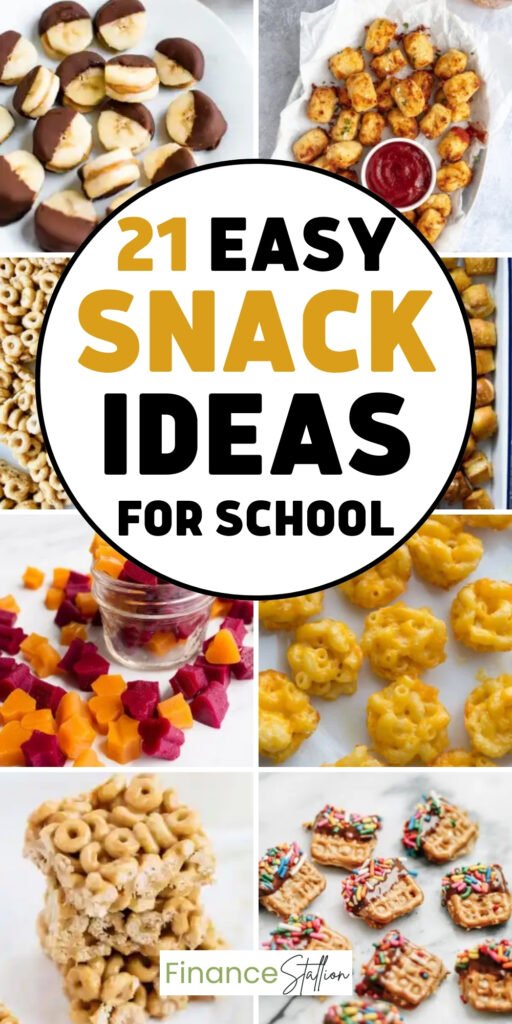
FAQs
Q. What are the benefits of nutritious school snacks?
Nutritious school snacks offer several benefits, including providing essential nutrients for growth and development, promoting concentration and focus, maintaining a healthy weight, and reducing the risk of chronic diseases.
Q. How can I encourage my child to eat healthy snacks?
You can encourage your child to eat healthy snacks by involving them in the snack preparation process, making snacks fun and visually appealing, offering a variety of options, and being a role model by choosing healthy snacks yourself.
Q. How can I ensure my child’s snacks are safe to eat?
To ensure your child’s snacks are safe to eat, pack them in insulated lunchboxes or use ice packs to maintain proper temperatures. Avoid perishable foods that can spoil quickly and practice good hand hygiene.
Q. Should I limit portion sizes for school snacks?
Yes, it’s important to limit portion sizes for school snacks to ensure your child consumes a balanced amount of nutrients. Using smaller containers or snack bags can help control portion sizes.
Q. What are some alternatives for nut-based snacks?
If your child has a nut allergy or attends a nut-free school, there are several alternatives for nut-based snacks. Some options include sunflower seed butter, pumpkin seed butter, soy nut butter, or sesame seed-based snacks.
Q. Can I involve my child in snack preparation?
Yes, involving your child in snack preparation can be a great way to promote healthy eating habits and independence. Let them wash fruits, mix ingredients, or assemble their own snack boxes.
Q. How can I accommodate dietary restrictions for school snacks?
To accommodate dietary restrictions, consider alternative ingredients or snacks that meet specific needs. For example, you can opt for gluten-free options for children with celiac disease or provide vegan snacks for those following a plant-based diet.


